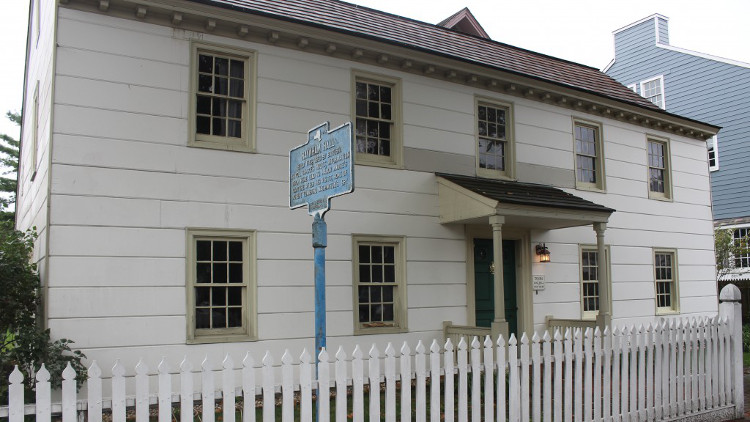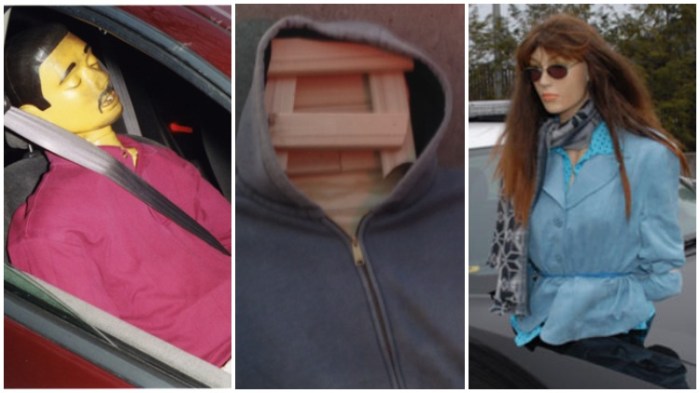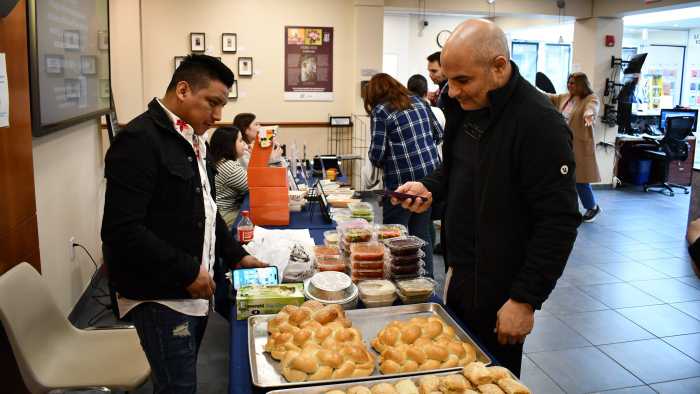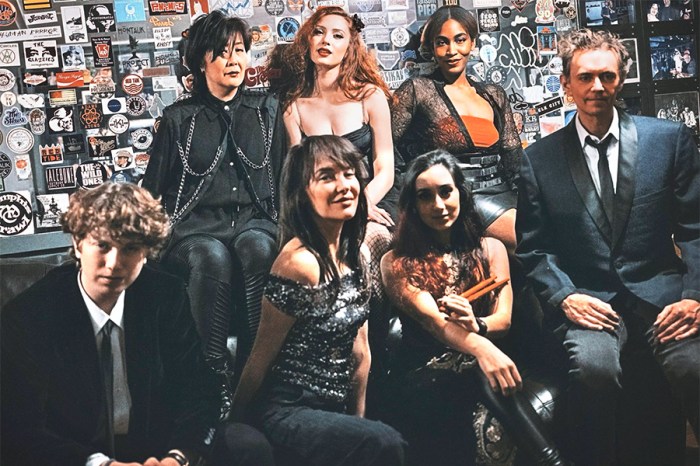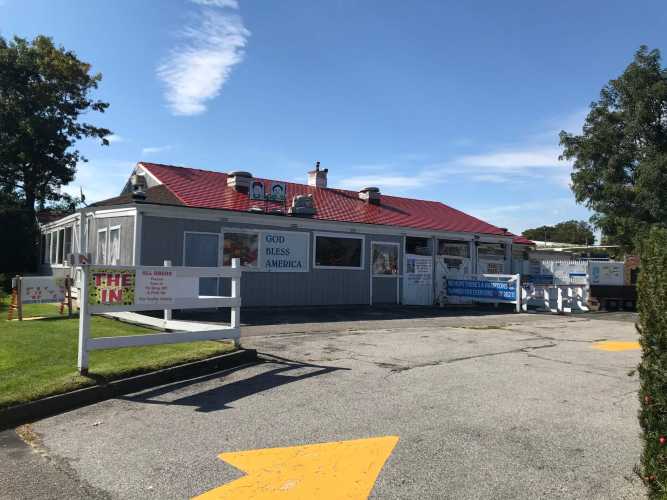By now, Long Islanders know the story of George Washington’s Culper Spy Ring—America’s first intelligence operation—and their stealthy exploits on Long Island behind enemy lines during the American Revolution.
A lesser-known fact about the period in which homegrown Long Islanders played a crucial role in defeating the British is that Valentine’s Day history was made right here on LI, then under Red Coat occupation.
As Press Senior Editor Spencer Rumsey explained in his 2014 article about AMC’s then-new spy thriller Turn, based on the Culper Spy Ring, historians believe that the first-ever known Valentine in the country was given on Long Island.
Here are the key players: British officer Lt. Col. John Graves Simcoe, wealthy American merchant Samuel Townsend, and his lovely daughter Sarah.
Simcoe was among a contingent of British officers occupying Townsend’s Oyster Bay home—now Raynham Hall Museum—for about six months during the war. While they were there, Simcoe, who was engaged to a woman back home in England, began pursuing Sarah Townsend.
Apparently her father Samuel and brother Robert didn’t appreciate Simcoe’s advances, however.
Rumsey’s take:
Robert Townsend’s father, Samuel, was a known Patriot and was arrested by the British. On his way to a prison ship, a neighbor intervened and paid the elder Townsend’s bail, saving his life. But then the British commander, Lt. Col. John Graves Simcoe, forced him to sign an oath of loyalty to King George III. He didn’t have much choice after the British occupied his homestead—the “finest in Oyster Bay”—and stayed there for about six months. Visitors to Raynham Hall’s cramped confines today can only imagine how it must have felt for the patriarch of the Townsend family, whose sympathies to the Patriot cause had almost cost him his property and his life. Then he could only watch as Simcoe, who was engaged to a woman in England, tried to woo his daughter Sarah Townsend, who was called Sally, sending her love poems that historians regard as the first Valentines sent in the country.
Here’s several verses from the love poem addressed to Sarah that Simcoe presented to her on February 14, 1779—courtesy of Raynham Hall Museum:
“Fairest Maid, where all is fair, Beauty’s pride and Nature’s care;
To you my heart I must resign, O choose me for your Valentine!
Love, Mighty God! Thou know’st full well, where all thy Mother’s graces dwell,
Where they inhabit and combine to fix thy power with spells divine;
Thou know’st what powerful magick lies within the round of Sarah’s eyes,
Or darted thence like lightning fires, and Heaven’s own joys around inspires;
Thou know’st my heart will always prove the shrine of pure unchanging love!”
As the museum notes, what became of Simcoe and Sarah’s relationship is unclear. Perhaps it was a case of unrequited love. The Valentine was found among Sarah’s possessions after she died, according to the museum, at the age of 82. She never married. Nor had her brother Robert, who also resided at Raynham Hall with her until his death.
Some believe the couple’s unfulfilled bonds of love still live on to this day, along with other spirits from those times—perhaps including that of British Major John Andre, a frequent visitor there and friend of Simcoe’s, who was hung for treason following the discovery of Benedict Arnold’s treasonous activities, proposes Haunted Houses USA by Dolores Riccio and Joan Bingham, and Daniel W. Barefoot’s Spirits of ‘76: Ghost Stories of the American Revolution.
It took until 1930 for the truth to come out that Robert Townsend had actually been Washington’s most valuable spy, known only to the general by his code name, Culper Jr. Townsend had taken that secret to his grave.




